Since the 3rd century, Portchester was recognized as a place of strategic importance. This Roman fort was erected by Marcus Aurelius Carausisu on the command of Emperor Diocletian, most likely between 275 and 290. Portchester was one of the several forts on the Saxon Shore built to defend from pirates raids in the late Roman Empire. Nestled in the county of Hampshire, it remains one of the best preserved Roman forts north of the Alps.
At first, it was called ‘Portus Adurni’ by the Romans, while the current name originated at the beginning of the 6th century. Allegedly, Port was a Saxon warrior who captured the castle from the British, therefore giving his name to the castle, Portcestre. The spelling of the name has changed over time, and it was adopted as Portchester around the late 1800s.

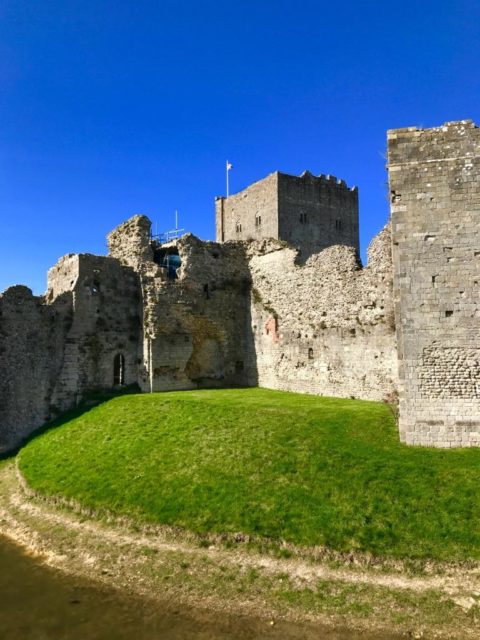

In the early 5th-century, the Romans withdrew from Britain, but it is unlikely that the site remained entirely abandoned. The 10th-century hall and tower discovered within the fort’s realm suggest its high-status as a residence during the Saxon period. In 904, Portchester went into possession of King Edward the Elder, and the fort was used in defense against the uprising Vikings.
Historians remain uncertain when the castle on site was built, but some evidence indicates that it was there by the late 11th-Century. Most likely, the castle was built by William Maudit who was a notable associate of the first Norman King of England. The exact constellation of the early castle is uncertain too, but Maudit probably created the inner ward in the northwest corner of the fort. The castle remained in the Maudit family for several generations.

Later, King Henry II took over Portchester, and it remained under royal administration for several centuries. English historian and author, John Goodall, has written that the king regularly visited the castle, and the site took part in his dispute with Thomas Becket, the Archbishop of Canterbury.
At the same time, the castle also found purpose as a prison for eminent people. One of them was the Earl of Leicester to whom Henry II’s sons rebelled along, supported by other barons. King John I of England also used to stay at Portchester Castle, and it was his favored hunting lodge. The king was there when he heard about the loss of Normandy in 1204.
At the beginning of the 13th-Century, Portchester served as a departure point for missions to France, as King John attempted to recover Normandy from the French king. The king’s trips to France were not very successful; however, the site continued to be a frequent departure point for troops.
During the reign of Edward II (1307 – 1327), Portchester was guarded against possible invasions from the French. At this period, the establishment invested in repairments and reinforcements; some facilities were remodeled, and the gatehouses were extended. Despite that, many of the castle’s buildings were reported to decay by 1335, and the south wall of the Roman fort was damaged by the sea, too.
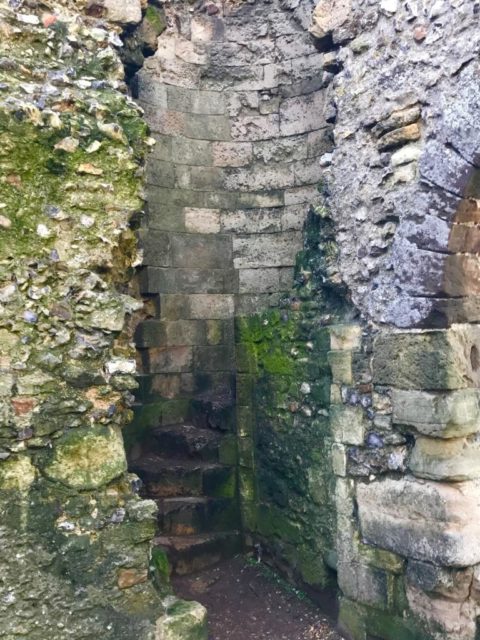
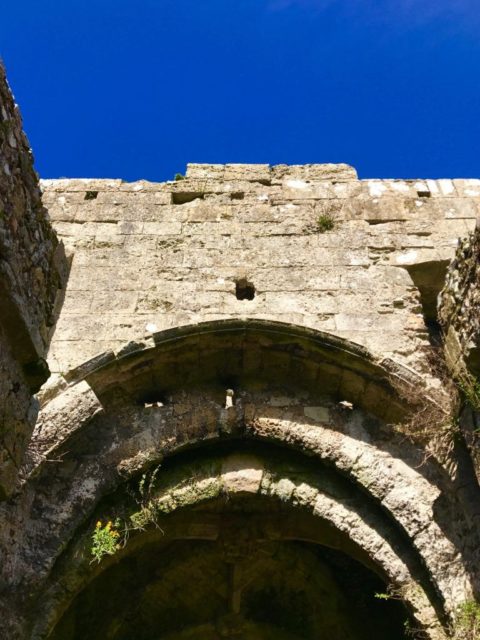
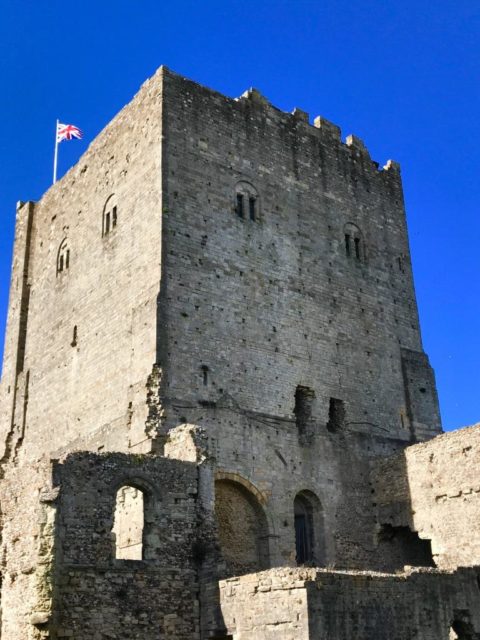
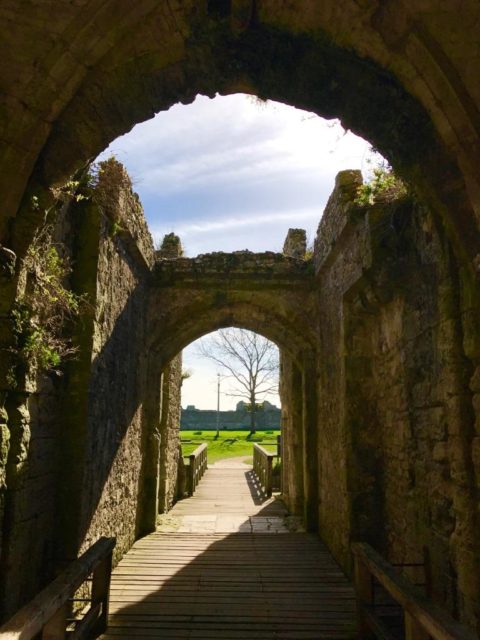

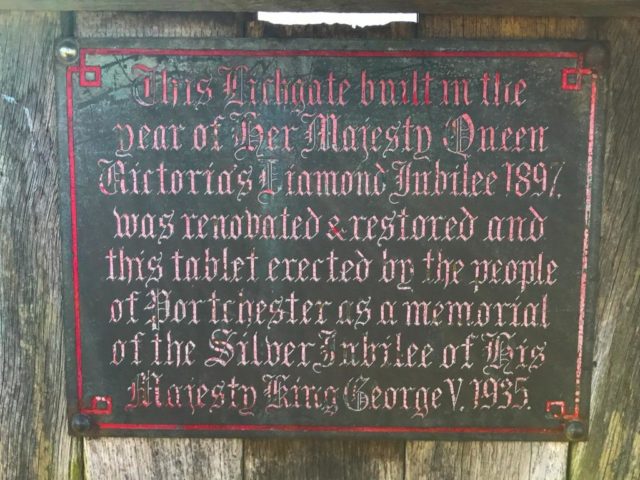
Edward III rarely stayed at Portchester, but he used the castle to gather an army of 15,000 and leave for France on a new campaign, which ended in victory at the Battle of Crecy. This battle was the first of the three major successes of England during the Hundred Years War. Renovations proceeded in the later part of the 14th century when the sea wall was restored and royal apartments (today ruins) were added.
Moreover, it was at Portchester Castle where King Henry V learned of the Southampton Plot, a conspiracy that tended to replace the king with Edmund Mortimer, 5th Earl of March. The king arrested three associates at Portchester and had them expected in August 1415.
“This became an impressive royal residence and an ideal departure point for military campaigns on the continent – most notably Henry V’s in 1415, which culminated in his victory at Agincourt. Although increasingly overshadowed by Portsmouth, Portchester remained occupied until the 17th century, and later served as a prisoner-of-war camp until the end of the Napoleonic Wars,” further writes the English Heritage.

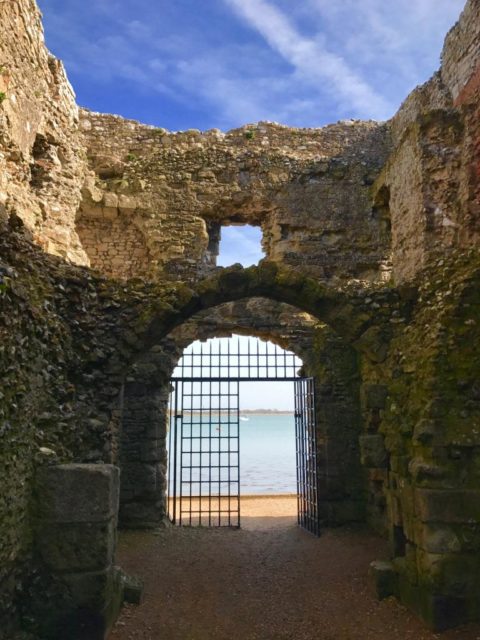
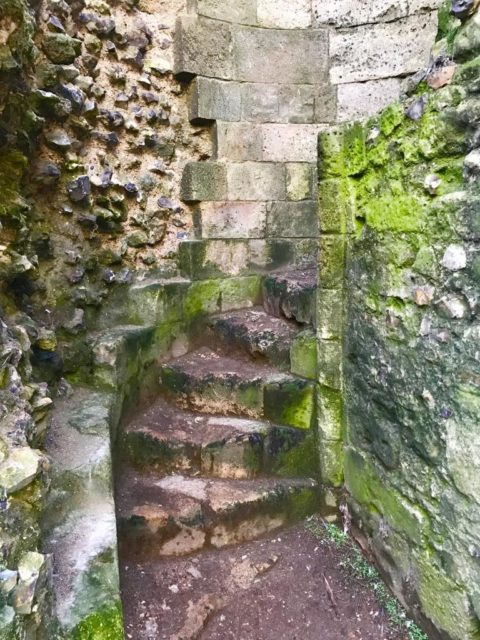
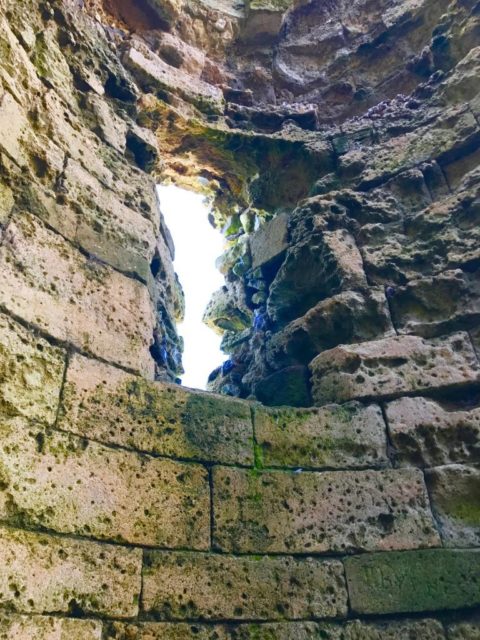
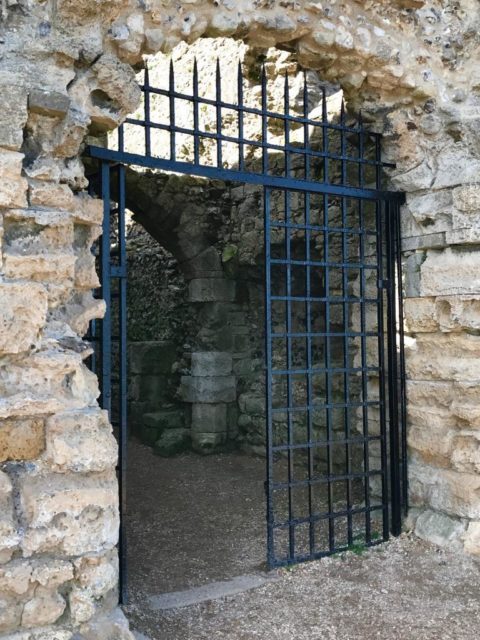
In the years between 1562 and 1563, the castle found new purpose as a military hospital, for those wounded in the new conflicts with the French. Under the reign of Elizabeth I, Portchester Castle was made ready for war too, as relations with Spain worsened and a Spanish invasion was speculated. By the beginning of the 17th century, the castle was back in shape, and the queen held court.
In 1632, Charles I of England sold the property to Sir William Uvedale, an English politician who occupied a seat in the House of Commons. After this point, the castle frequently worked as a prison. In 1665, there were 500 prisoners from the Second Anglo-Dutch War held at the castle. Part of them damaged the church in the outer bailey which stood unrestored for 40 years.
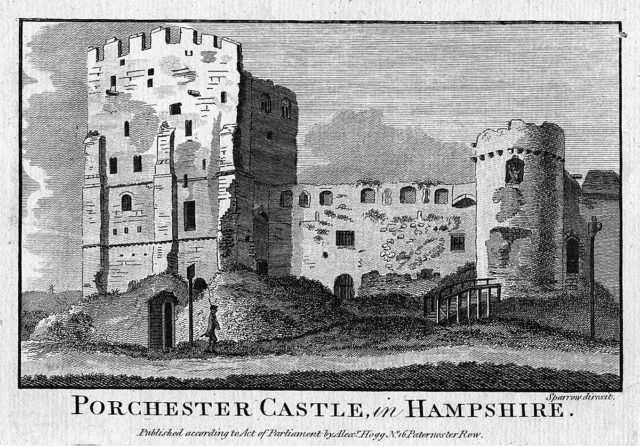
In the 18th century, the castle was further leased from the Uvedales to jail new prisoners, this time from the War of the Spanish Succession; a large European conflict triggered by the death of the infamous Spanish king, Charles II. Today’s Portchester House is the former location of the prison hospital in those days. The dead prisoners were often buried in today’s tidal mudflats, south of the castle.
Read another story from us: The home of the dragon- the fascinating history of the Ljubljana Castle
After such a turbulent past, the Portchester Castle is now a peaceful venue for recreation, school trips, and exhibitions. This beautiful place is also a Scheduled Ancient Monument, and a Grade I list building.
